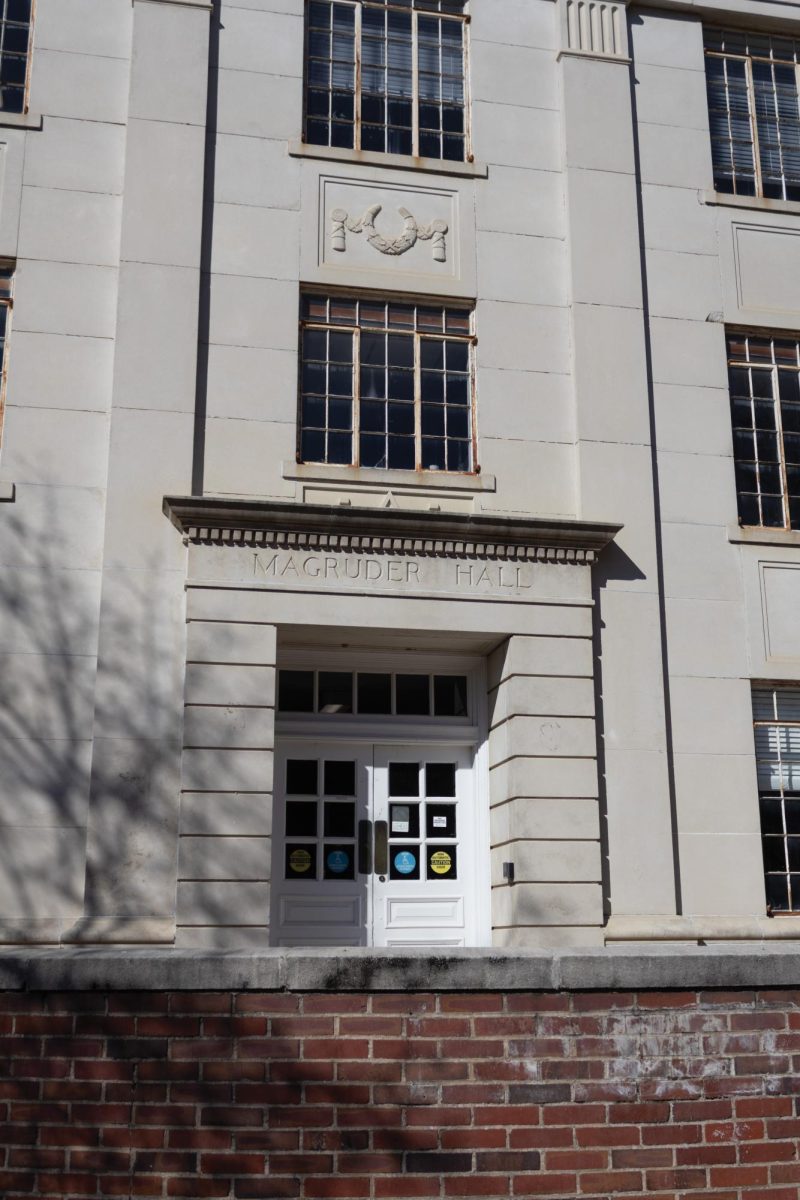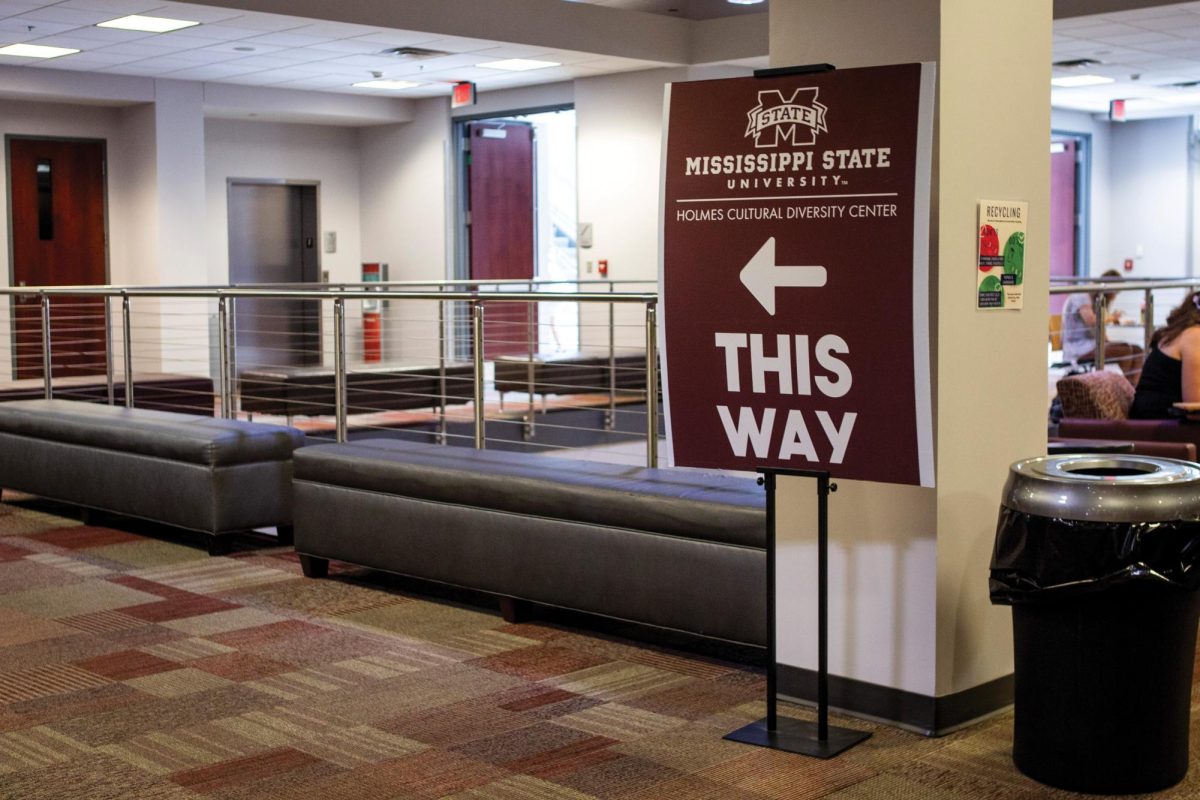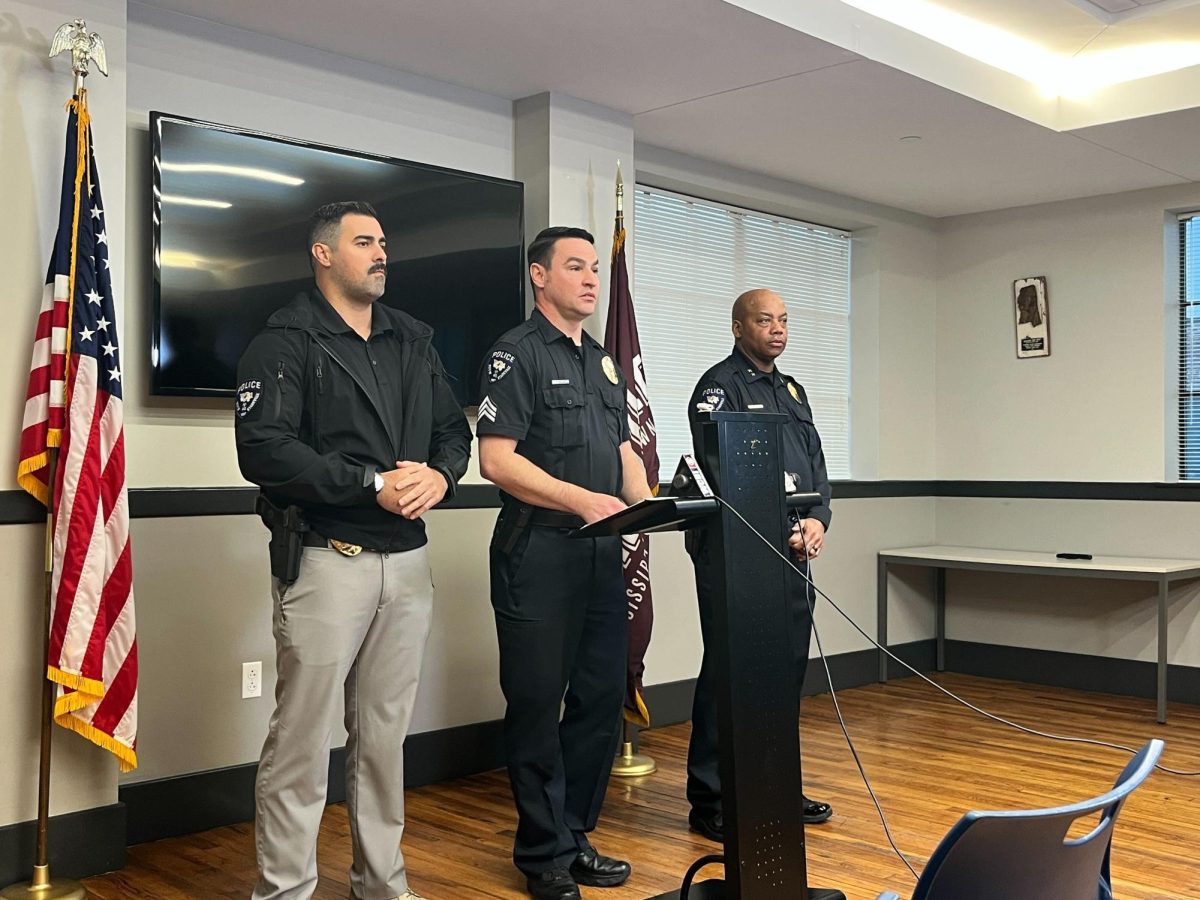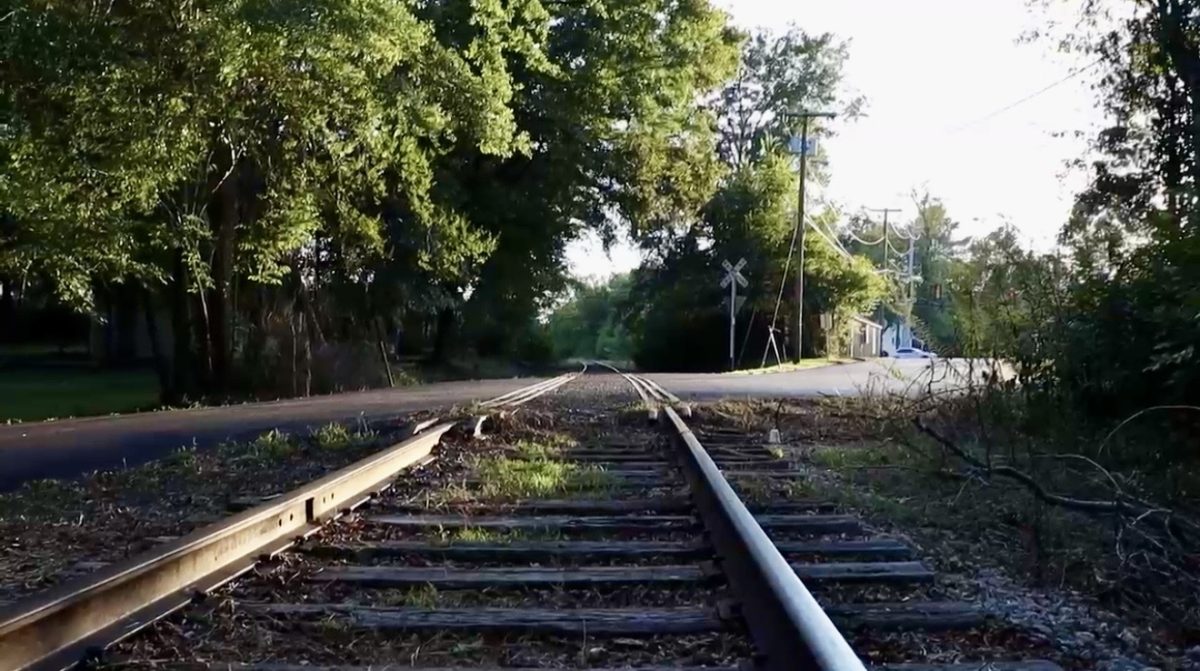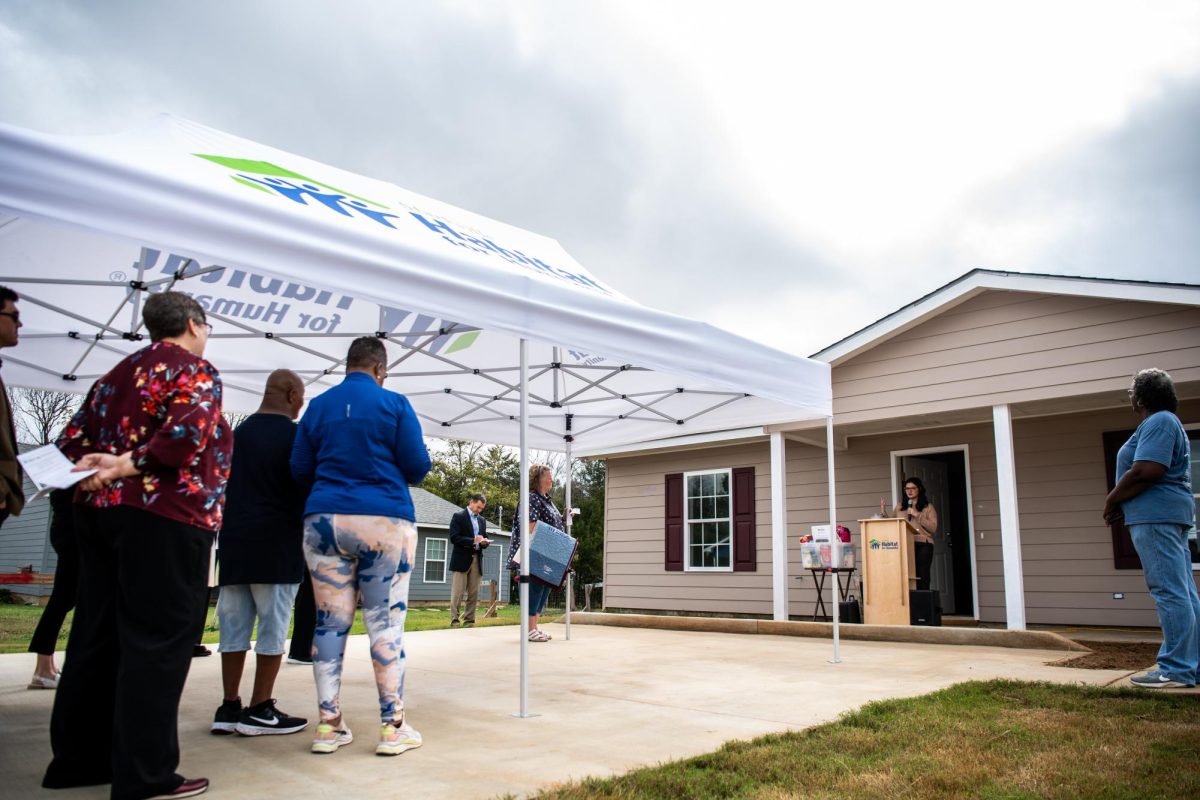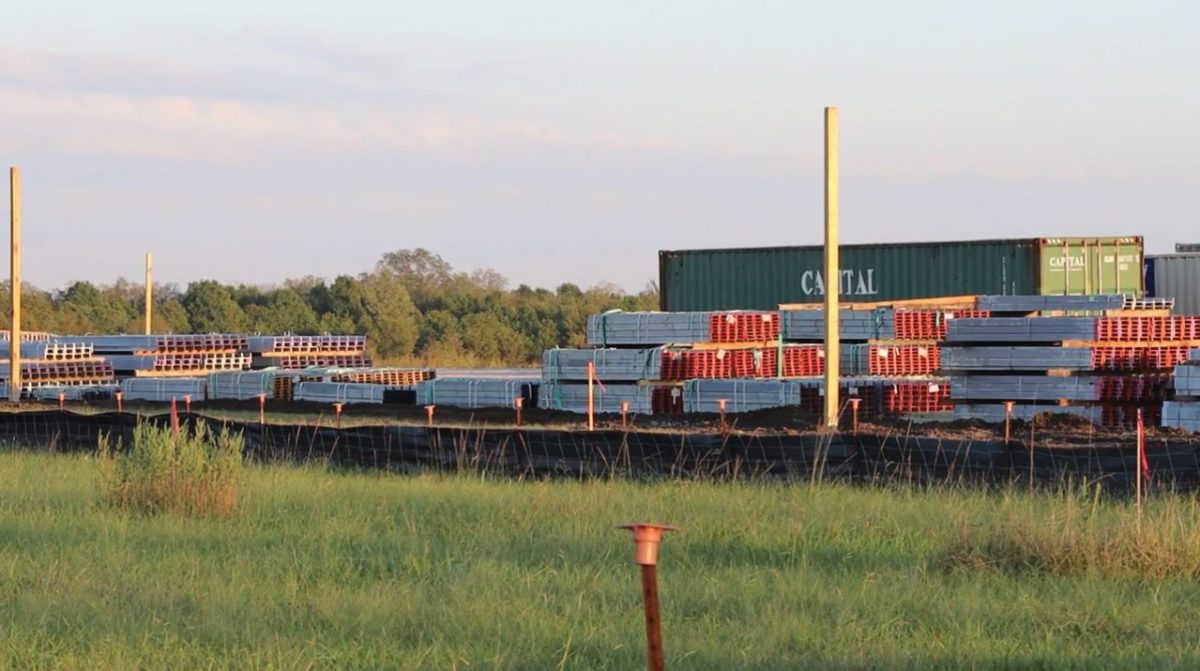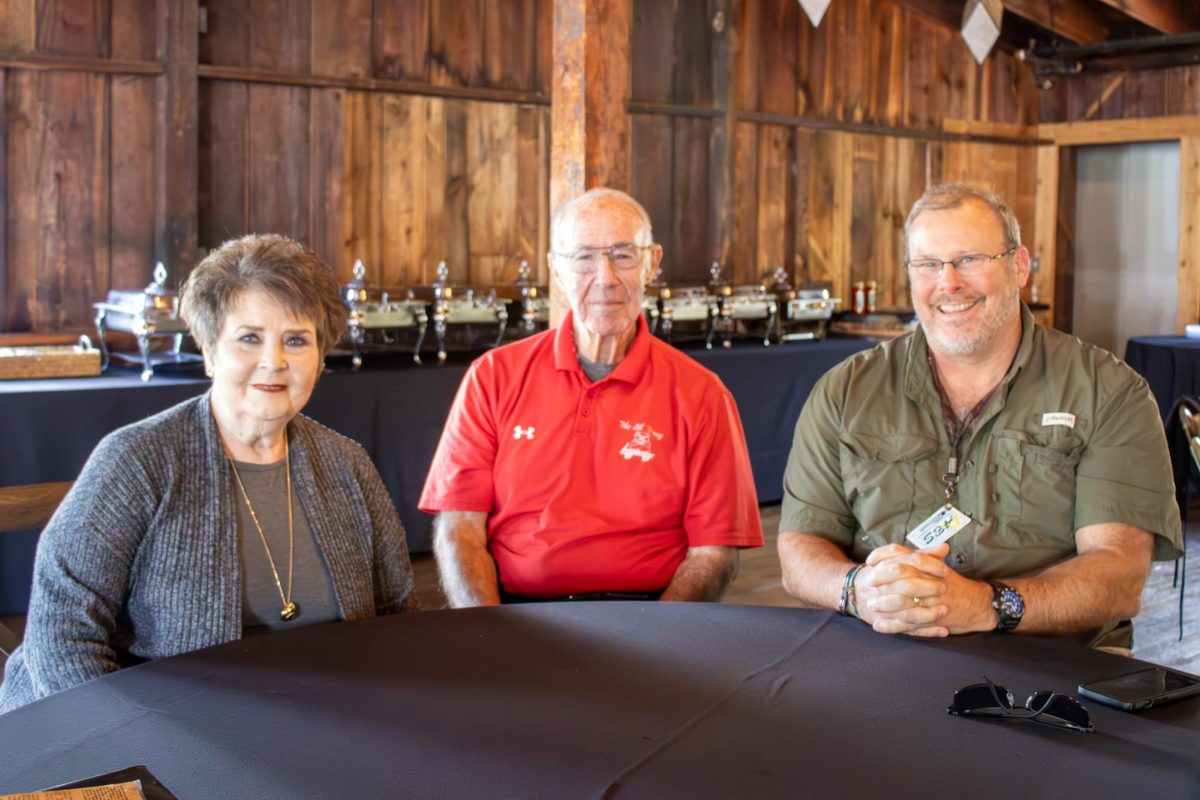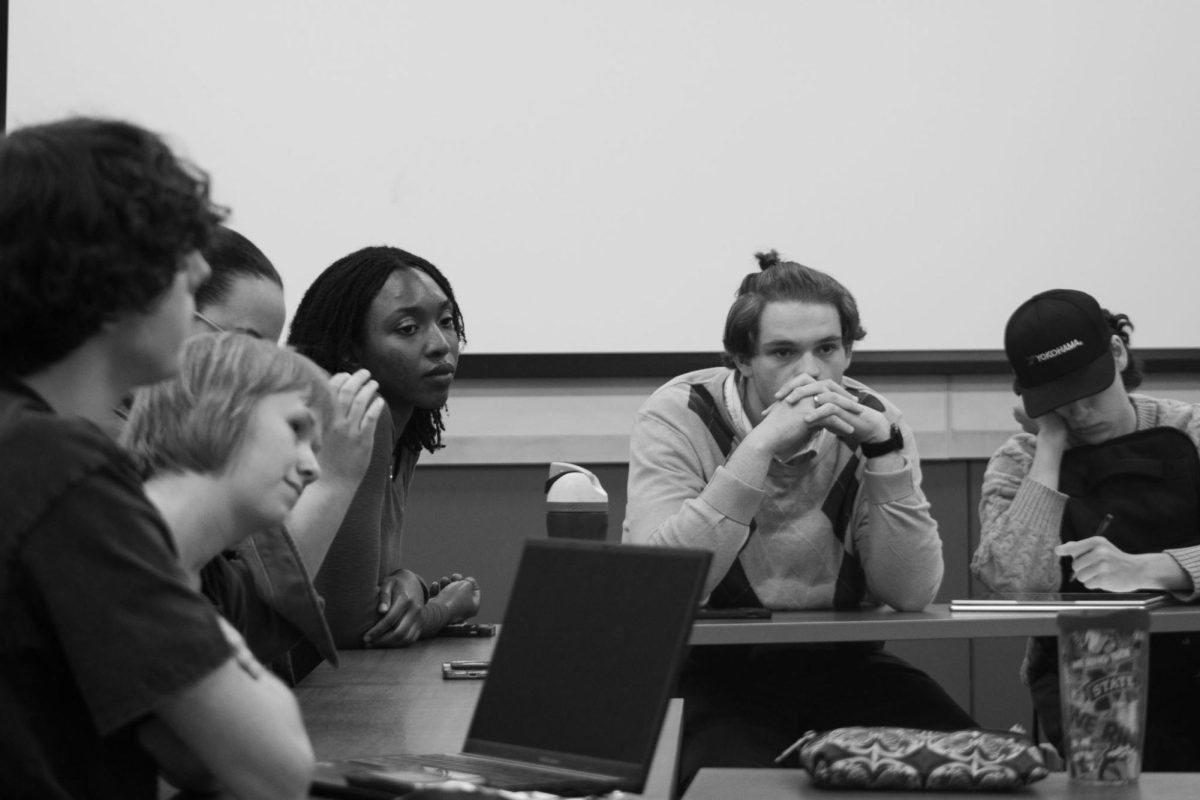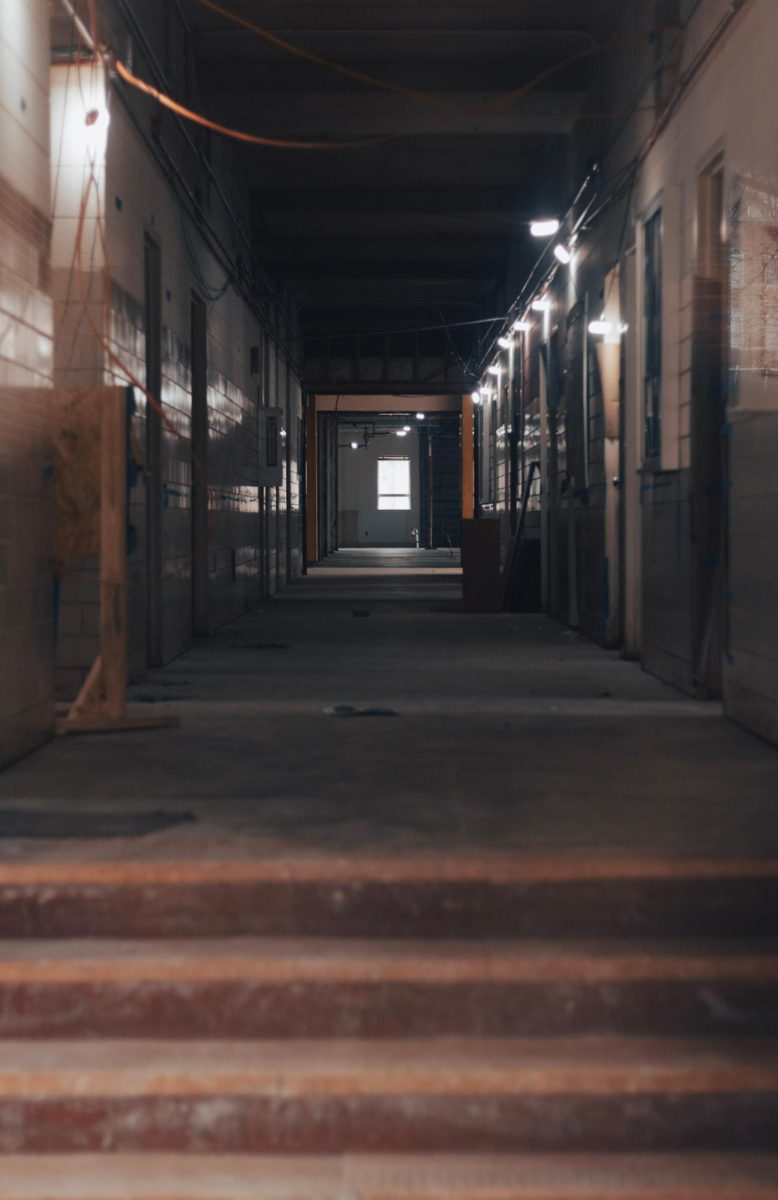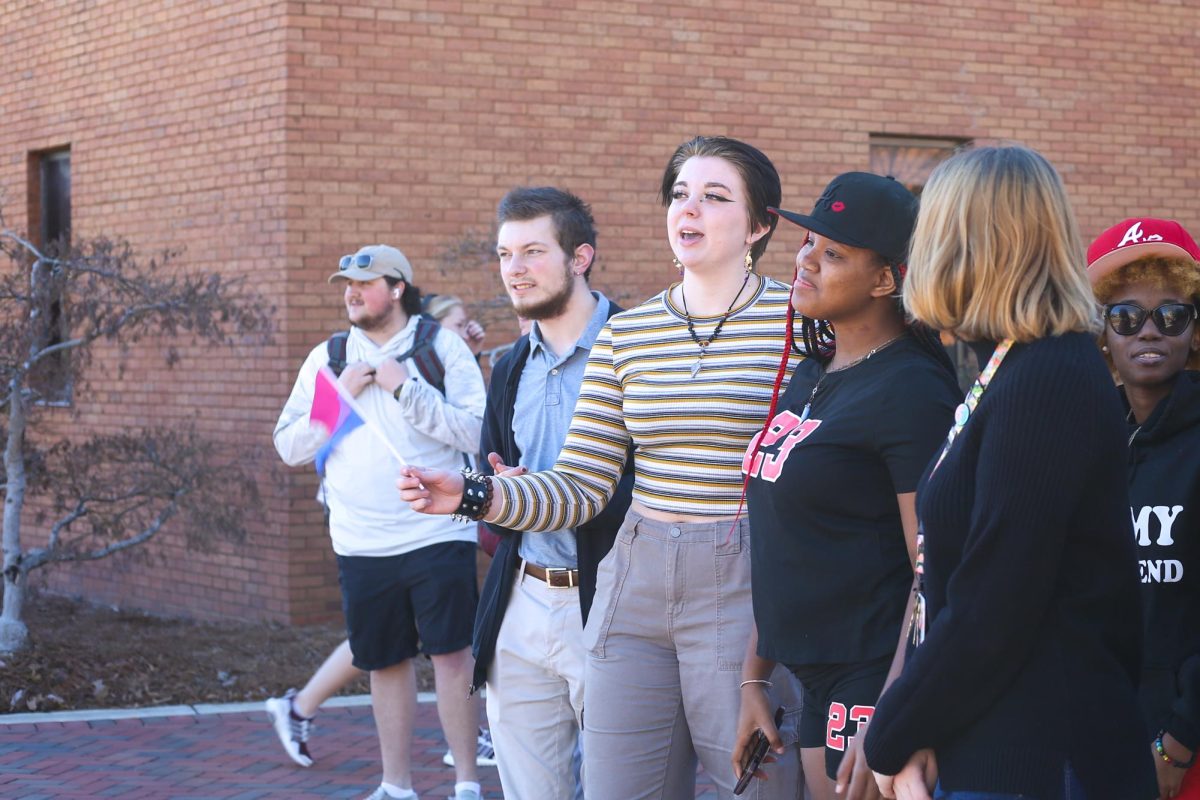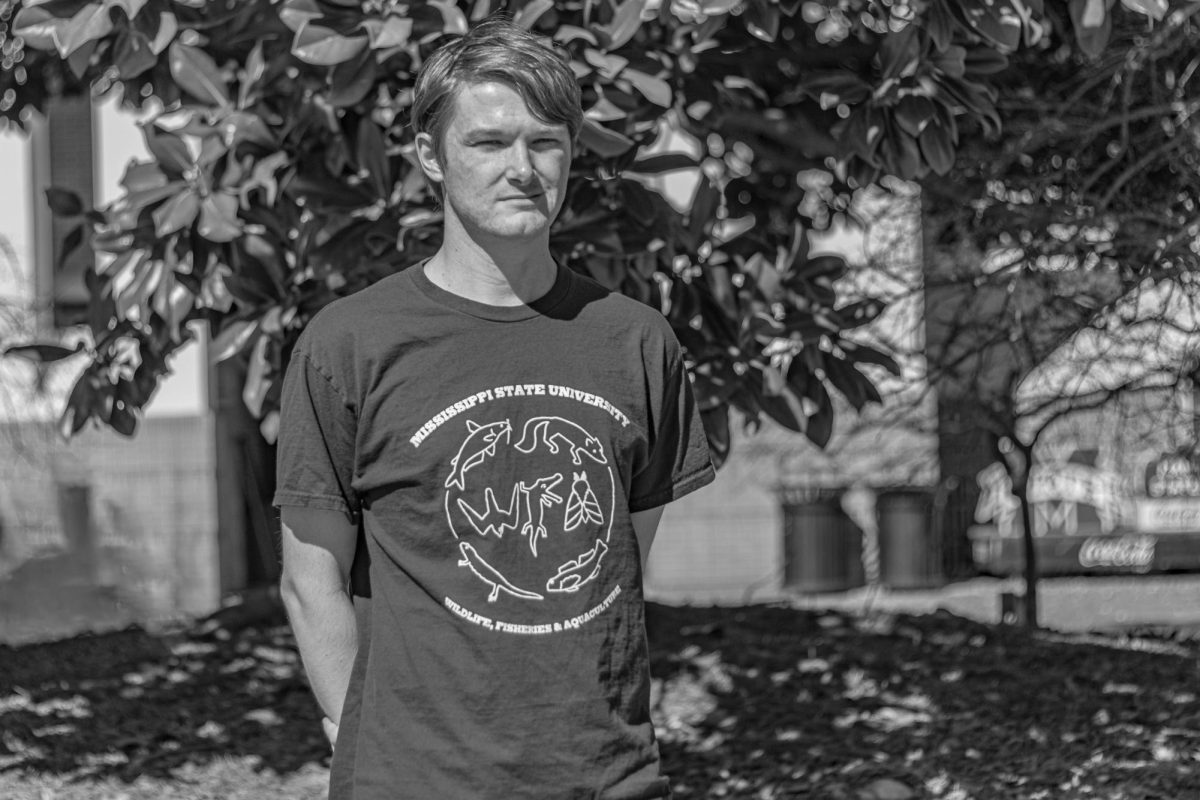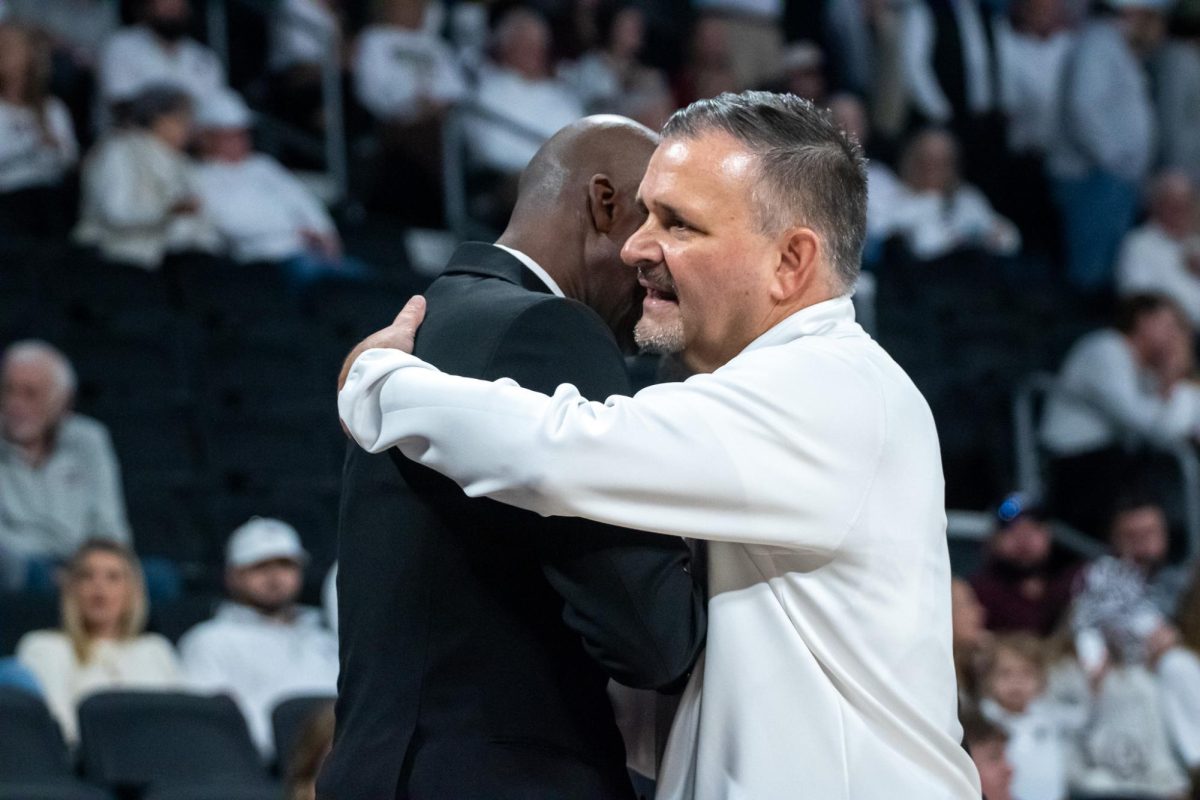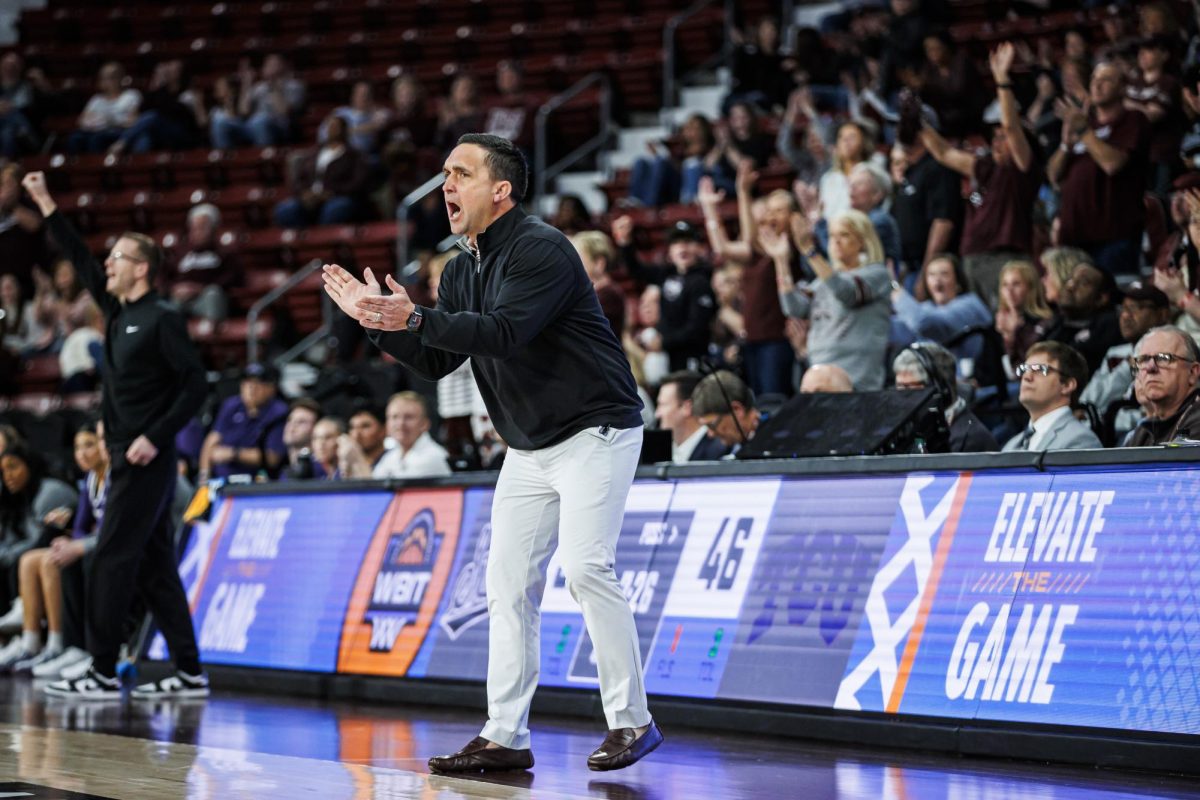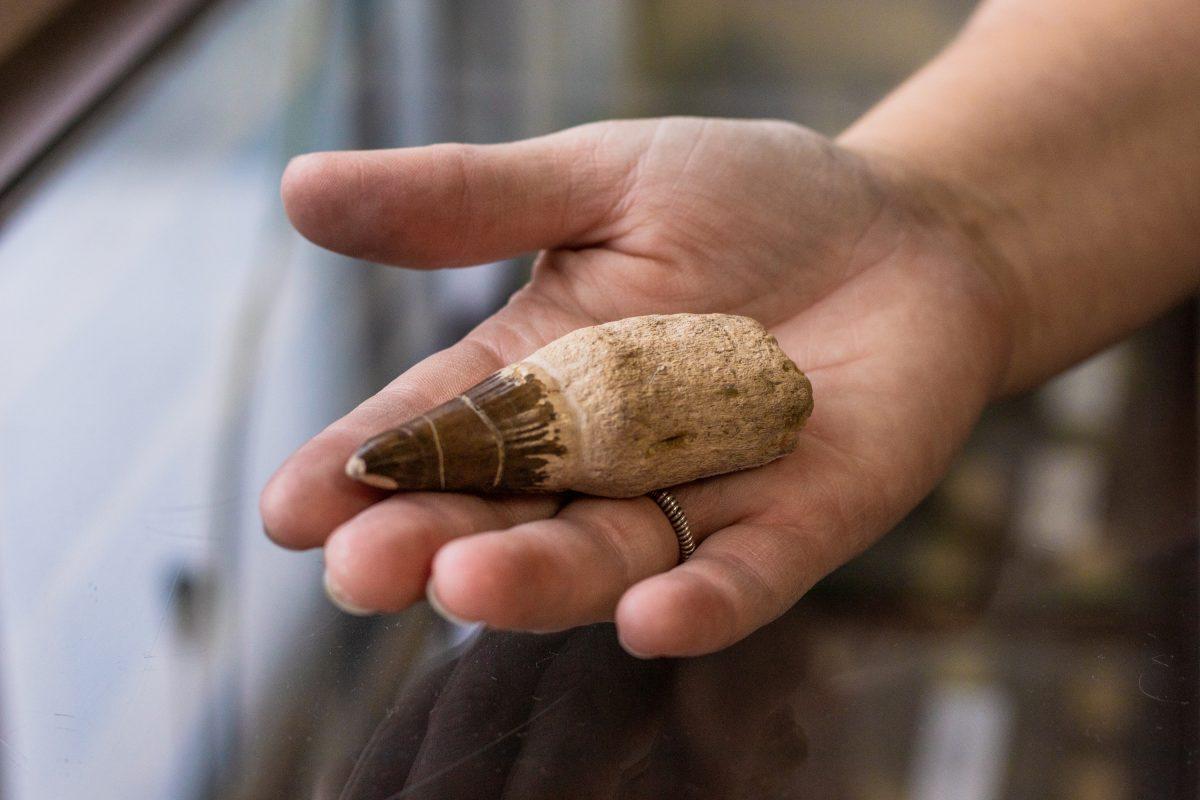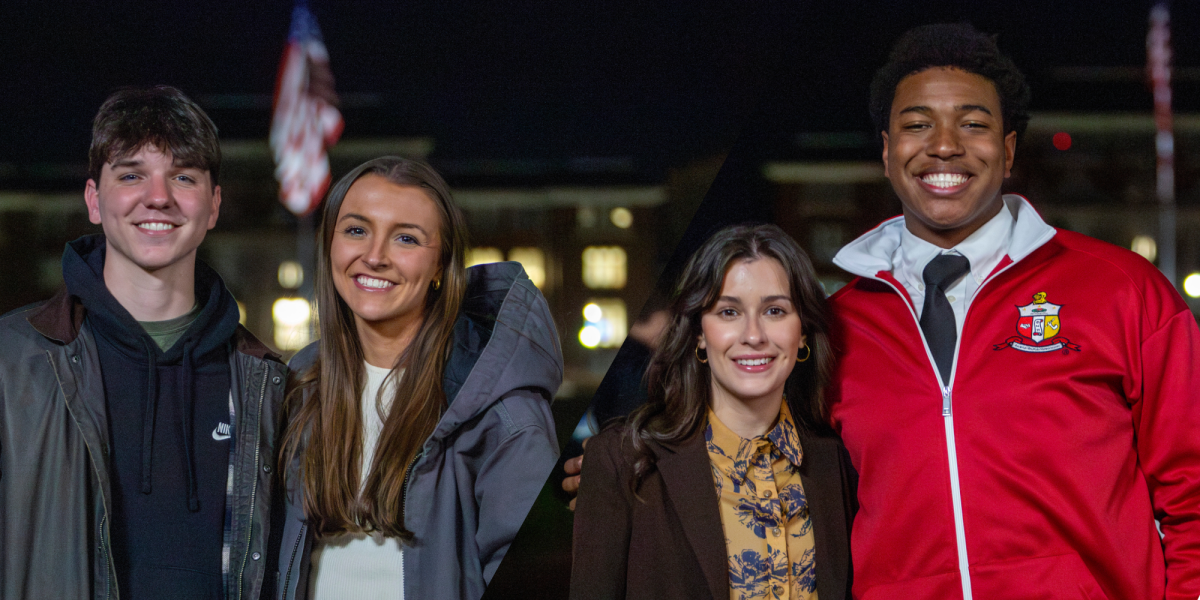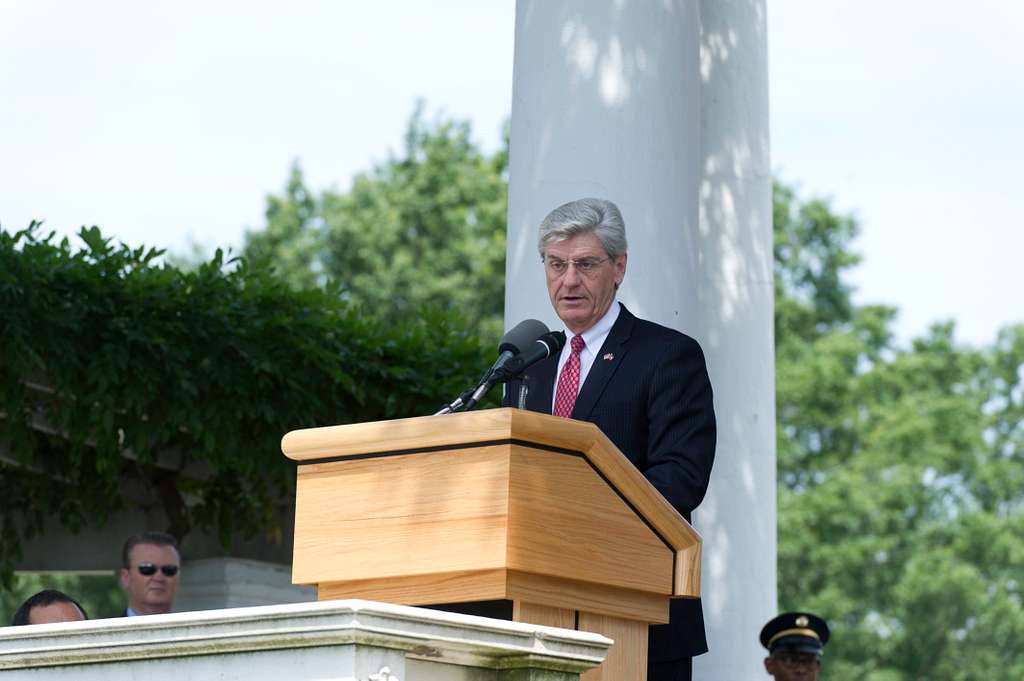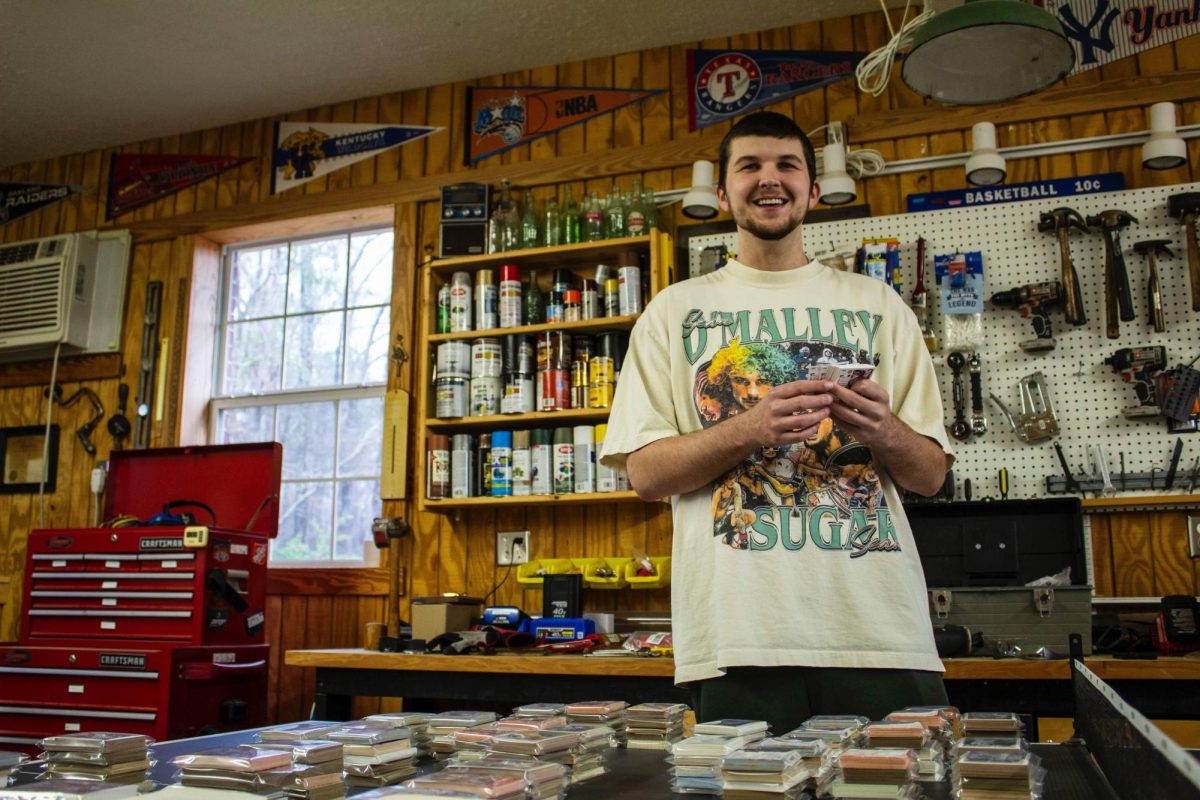In October 2020, pictures featuring a collection of fossils were sent to Mississippi State University Extension Services and eventually reached the desk of Renee Clary, a geology professor and director of the Dunn-Seiler Museum located inside Hilbun Hall on campus.
Looking at the photographs, Clary was drawn to the large tooth in the collection, characteristic of a mosasaur specimen, a group of large marine reptiles dating back to the Late Cretaceous period.
According to Clary, the mosasaurs were fairly common in prehistoric Starkville, which, like the rest of Mississippi, was underwater for a vast period of time.
“In the very northeast corner of Mississippi, Tishomingo, we have a few of the Paleozoic fossils that are older than the dinosaurs. Remains of trilobites, an organism called brachiopods, which tells us that Mississippi was underwater,” Clary said, motioning to a display case in the Dunn-Seiler Museum. “Most of what we find is from the Cretaceous. What we know about Starkville and Mississippi from this period is that we were underwater. We find sharks’ teeth, ammonites, mosasaur vertebrates, giant Exogyra oysters and great reefs.”
Mississippi’s aquatic past may come as a surprise to some, but the prehistory of the state is a subject of great interest to those involved with paleontology at Mississippi State University.
George Phillips, the curator of paleontology at the Museum of Natural Science in Jackson, MS, and a former MSU student, weighed in on the photos sent to extension in 2020, and works regularly with the university as they put together the pieces of Mississippi’s past.
Phillips discussed the multi-faceted approach to discovering these extinct species and the benefits it brings to the present day.
“It is one thing to find a fossil of one thing and know that existed, but we want to know what existed along with it. We want to know how these communities were comprised,” Phillips said. “Was it similar to how communities are comprised today, or different? The more information we have, the better we are able to glimpse into the past to see how different it is from the present.”
Not only is this work valuable in piecing together a picture of the past, but also in predicting the picture of the future.
Amy Moe-Hoffman, instructor of geology and curator of the Dunn-Seiler Museum, describes this duality of thinking and the value it holds in our understanding of how the Earth works.
“I think prehistory is really important because we tend to think of the Earth as a static place, that it’s unchanging,” Moe-Hoffman said. “It has changed so much throughout time, and it will continue to change into the future. So, understanding how it has changed, why it has changed and what the mechanisms are that drive change is really important for our understanding, but also our survival and ability to coexist with all the other spheres of the earth’s system.”
MSU’s testament to the ancient past and the foreseeable future is enshrined in the Dunn-Seiler Museum. The museum, located in Hilbun Hall, was founded in 1946 in order to educate the MSU and greater Starkville community of the vast prehistoric archives found in our state. The museum displays a rich collection of geologic and paleontologic finds, such as a variety of minerals, a large casting of a triceratops head and a vertebrate of a toothed whale, the state fossil of Mississippi.
Since the beginning of their time as faculty, Clary and Moe-Hoffman have set out to revitalize the museum and provide the best experience for those interested in paleontology by renovating the displays, increasing involvement for undergraduate and graduate students in the department and promoting paleontology through exciting events.
“I’d love to see more people come and experience the thrill (of paleontology) and to see the big picture we are talking about. Any time you can reach more people, it is just important. We have a lot of resources that people aren’t aware of,” Moe-Hoffman said. “Take one of Dr. Clary’s classes, come visit the museum, come to science night. Just that little bit of exposure might spark them to learn more. Because we are all in this together, we will have a better response when things change.”
Clary spoke on some of the upcoming events for the Dunn-Seiler Museum, such as celebrations for National Fossil Day and Earth Day. Moe-Hoffman is also the chair of the Museums and Galleries Committee, which is responsible for Science Night at the Museums, a showcase of MSU’s different scientific collections for the community, of which the Dunn-Seiler will be included.
Clary hopes students will begin to take advantage of the paleontologic resources available to them in order to grasp the big picture.
“We are passionate about this, and we have such great resources and most people aren’t aware of that. We understand that the decisions we make today will impact future generations. Geologic and paleontologic courses are courses that you can apply in your daily life, whether or not you go into the field. There are no passengers on spaceship Earth.”
More information on the Department of Geosciences and their resources, as well as the Dunn-Seiler Museum, can be found on their website. Also, the Museum and Galleries website features all the university’s museums and their events.
The left maxilla, part of the jawbone, of a mosasaur on display at Mississippi State University’s on campus Dunn-Seiler Museum.




